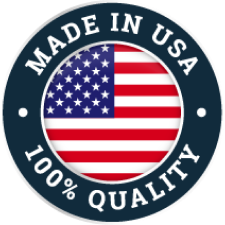
In recent years, there has been a growing focus on indoor air quality and the harmful effects of secondhand smoke. As a result, many regulatory bodies have implemented strict guidelines to protect public health, especially in establishments like bars where smoking is permitted. Meeting these regulatory requirements is essential for bar owners to ensure a safe and healthy environment for patrons and employees alike.
Secondhand smoke is a significant health risk, containing over 7,000 chemicals, including 70 known to cause cancer. Inhaling secondhand smoke can lead to various health issues, such as respiratory problems, heart disease, and lung cancer. Bars, where smoking is allowed, often have poor ventilation, exacerbating the exposure to secondhand smoke for both customers and staff.
Before selecting a smoke filtration system, bar owners must familiarize themselves with local, state, and national regulations regarding indoor smoking. These requirements often dictate the types of filtration systems that must be installed to ensure compliance. Understanding the regulations is vital for making informed decisions about the most suitable smoke filtration technology for the bar.
Activated carbon filters are essential components in smoke filtration systems. These filters are designed to adsorb volatile organic compounds (VOCs) and odors present in tobacco smoke. Proper ventilation and airflow management are also a crucial aspects of smoke filtration compliance in bars. Ensuring that the filtration system is integrated with a well-designed ventilation system allows for the efficient removal and replacement of indoor air, preventing the accumulation of smoke and pollutants.
Complying with smoke filtration regulations in bars goes beyond mere regulatory requirements. Providing a smoke-free or reduced-smoke environment promotes the well-being of employees and patrons, encouraging a positive and healthier bar experience. This, in turn, can attract more customers and foster a positive reputation for the establishment.
